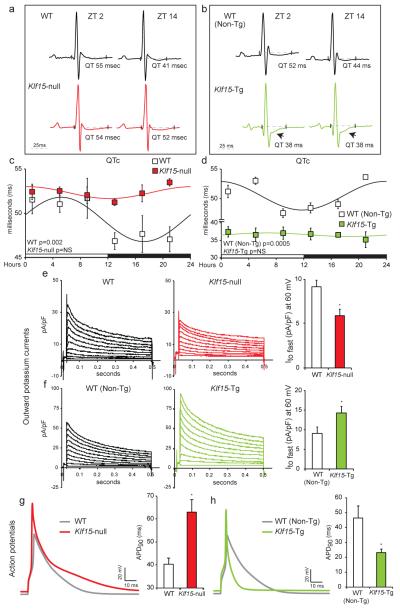Figure 3. Klf15 deficiency or excess modulates rhythmic variation in repolarization.
(a, b) Representative ECGs from WT vs. Klf15-null, and WT (Non-Tg) vs. Klf15-Tg at ZT2 and ZT14. Note ST segment abnormalities in Klf15-Tg mice (arrow) (c) QTc interval exhibits 24-hour rhythm in WT mice, this rhythm is abrogated with prolonged QTc in the dark phase in Klf15-null mice (n=4 WT and n=4 Klf15-null). (d) Klf15-Tg mice exhibit persistently short QT intervals with no day/night rhythmic variation, when compared to WT (Non-Tg) controls (n=3 WT and n=4 Klf15-Tg). (e, f) Representative outward current recordings from all study groups and summary data for the amplitude of the fast component of outward current (Ito fast) measured at 60mV with average time of decay of 45±5ms (WT, n=10; Klf15-null, n=13; WT (non-Tg), n=14; and Klf15-Tg, n=19). (g, h) Representative ventricular action potentials from all study groups with summary data in bar graphs (WT, n=10; Klf15-null, n=13; WT (non-Tg), n=14; and Klf15-Tg, n=19).). Data presented as mean ± SEM, *p<0.05.

